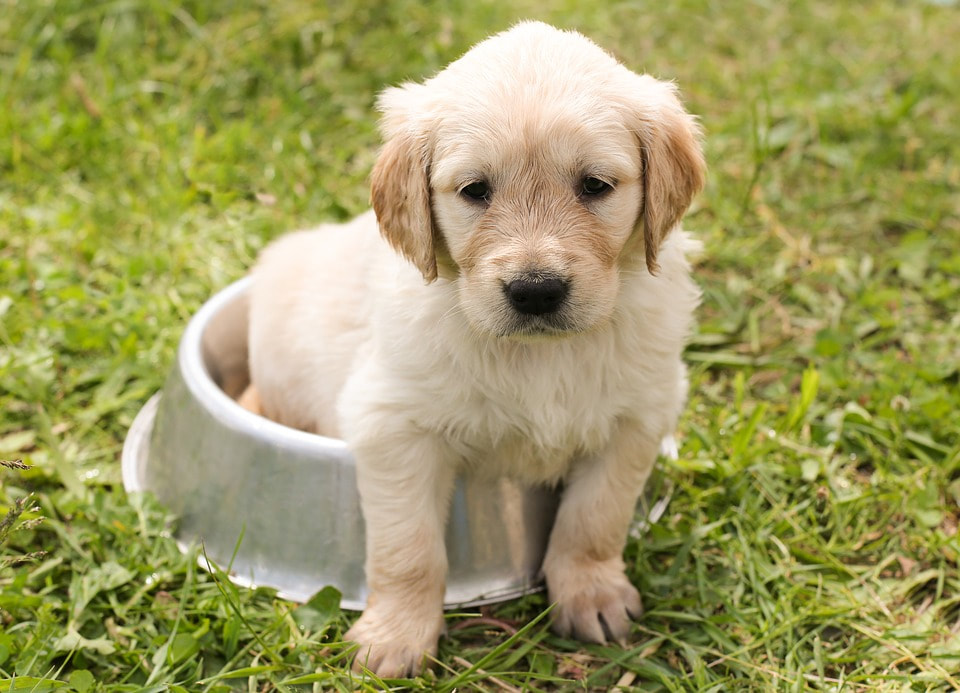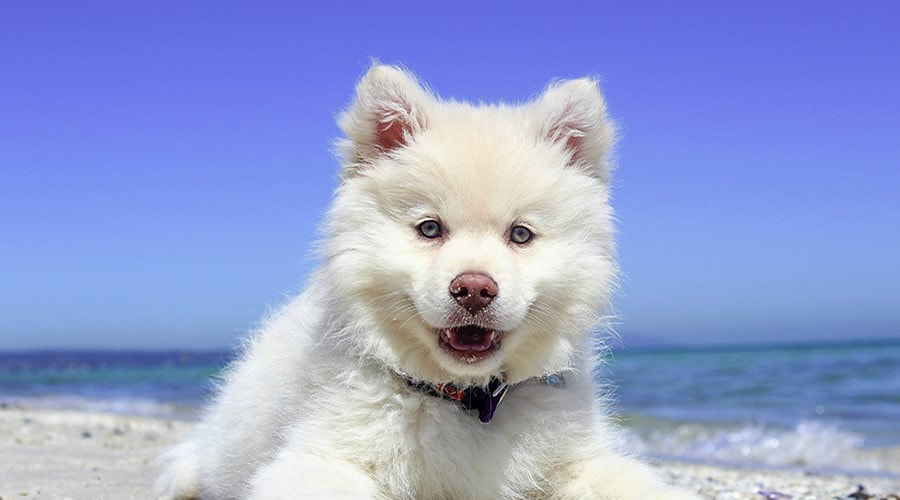1. Get ready for the nipping, chewing and biting.
Puppies have are incredibly inquisitive nature (and by virtue of this, they also have an appetite for chewing on sofas, shoes and just about anything else that takes their fancy).
At first, they’ll explore their boundaries by chewing up your personal items right in front of you. And as they gradually begin to learn that this behavior is met with a firm “no”, they’ll move on to chewing things out of your sightline (so you’ll need to keep a beady eye on them at all times – or move things out of their reach!).
It’s important that you hop onto this behavior while they’re in the act. Dogs can’t comprehend being disciplined for things that have happened a while back (even with you pointing at a slobbered up, chewed up shoe).
You could also try dousing your items with bitter apple spray, which is odorless, but leaves an unsavory tangy taste in the mouth.
Finally, bear in mind that dogs don’t chew and bite things to be naughty. They could also be teething, and it can be a sign of malnutrition or hunger.
2. Puppy-safe zone your home.
While your new recruit is in training, you may want to consider zoning your house off. Many new dog owners buy baby gates and play pens, which protect certain rooms and create a safe space while they’re home alone.
3. Feed me, feed me! – How much?!
Puppy tummies are rumbling for food practically all the time. In fact, they actually need feeding as much as four times the amount as a fully-grown adult dog! But this isn’t so surprising when you consider that pups should be gaining at least one to two grams per adult pound per day.
There are special formulas of dog food for pups – and with good reason, too; they are enriched with vitamins, minerals and fats, as well as including a higher protein content.
You should also do your research into the breed of your dog, as some have unique dietary needs compared to others.
4. Walkies!! – How often?”
Pups generally require around 5 minutes of exercise per month of age until they’ve reached adulthood (at which time they’ll be able to get out and about for longer periods).
Some breeds – like huskies, border collies, boxers and dalmatians – will require more exercise than most (so it’s well-worth doing your research before deciding which breed you can commit to).
You’ll also need to bear in mind your pup’s jabs. Most vets don’t recommend letting your pup out until one week following their second jab. But don’t worry – if they’re yet to be fully inoculated, you can still play with them and exercise them at home.
5. Goodbye, farewell – is this forever??!?!
Puppies can be notoriously prone to separation anxiety. Training is the first step to showing your dog that you WILL return. This simply involves leaving them in a safe room, saying goodbye, and waiting outside. Do not return until your pup has stopped whimpering or barking. Once they’ve calmed down, enter the room, praise them and give them a treat.
Repeat this process over and over until they know that:
- There’s no need to shout and stress
- You ARE coming back
- It’s far better if they remain calm and collected
FOMO Bones contain passion flower (for topping up their GABA, which can become depleted in stressful situations); Valerian Root (a herbal plant with mild sedative properties) and Chamomile (the white flower known for soothing nerves and lulling you to sleep).
This article by Jennifer is originally published at FOMO Bones.
Author bio: Jennifer is the voice behind the FOMO Bones blog. She's pretty sure in her past life, she was a Great Dane. However, we peg her as more of a labrador. Regardless of her breed, she's a dog enthusiast who has 15 years experience training dogs and owners.


 RSS Feed
RSS Feed



